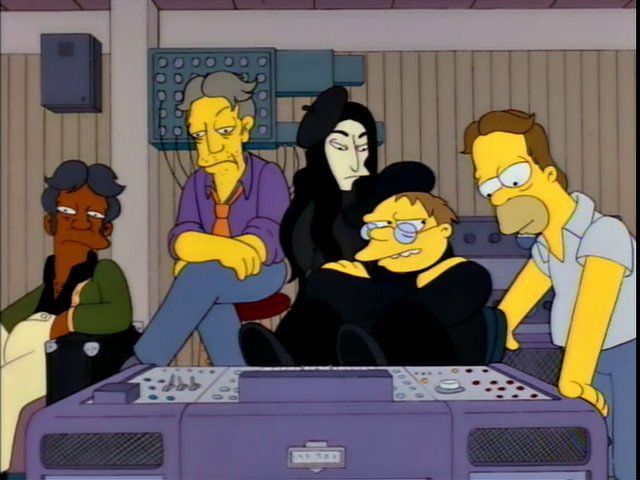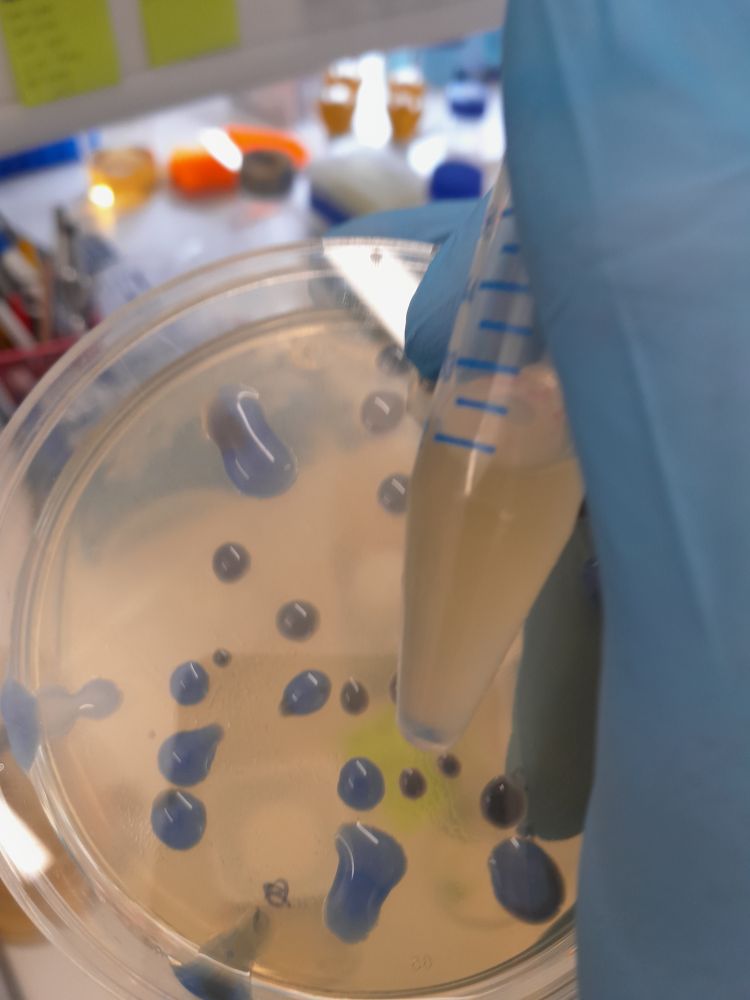Book now: https://www.imc21.org.uk/

Book now: https://www.imc21.org.uk/
His talk will offer valuable insights into Quantitative organelle imaging ✨

His talk will offer valuable insights into Quantitative organelle imaging ✨
Functional characterization reveals the importance of Arabidopsis ECA4 & EPSIN3 in clathrin mediated endocytosis & wall structure in apical growing cells
(Paywalled: doi.org/10.1111/nph....)
FREE #brookes #oa
radar.brookes.ac.uk/radar/items/...

Functional characterization reveals the importance of Arabidopsis ECA4 & EPSIN3 in clathrin mediated endocytosis & wall structure in apical growing cells
(Paywalled: doi.org/10.1111/nph....)
FREE #brookes #oa
radar.brookes.ac.uk/radar/items/...

Dr. Wightman will be sharing "FLIM-confocal-Raman imaging in all things plant" - a session you won't want to miss!

Dr. Wightman will be sharing "FLIM-confocal-Raman imaging in all things plant" - a session you won't want to miss!

Amazing collaboration between @centriolelab.bsky.social , @dudinlab.bsky.social and @gautamdey.bsky.social labs.
I believe last one is a 🕷️
#FluorescenceFriday
#Microscopy



Amazing collaboration between @centriolelab.bsky.social , @dudinlab.bsky.social and @gautamdey.bsky.social labs.
I believe last one is a 🕷️
#FluorescenceFriday
#Microscopy
journals.biologists.com/jcs/article/...
#OpenAccess

journals.biologists.com/jcs/article/...
#OpenAccess
Apply for a @jcellsci.bsky.social @focalplane.bsky.social Training Grant to support your attendance at a #microscopy or #bioimageanalysis training course.
Open to ECRs in #cellbio. For more info: www.biologists.com/grants/jcs-f...

Apply for a @jcellsci.bsky.social @focalplane.bsky.social Training Grant to support your attendance at a #microscopy or #bioimageanalysis training course.
Open to ECRs in #cellbio. For more info: www.biologists.com/grants/jcs-f...
Date: Wednesday 7th January, 2026
Time: 9:15 – 17:00
Location: Sir Kenneth Wheare Hall, Clerici Building, Oxford Brookes University, Headington, Oxford, OX3 0BP

Date: Wednesday 7th January, 2026
Time: 9:15 – 17:00
Location: Sir Kenneth Wheare Hall, Clerici Building, Oxford Brookes University, Headington, Oxford, OX3 0BP
Find out more and get connected! https://ow.ly/uYlm50XhsvZ

Find out more and get connected! https://ow.ly/uYlm50XhsvZ
Date: Wednesday 7th January, 2026
Time: 9:15 – 17:00
Location: Sir Kenneth Wheare Hall, Clerici Building, Oxford Brookes University, Headington, Oxford, OX3 0BP

Date: Wednesday 7th January, 2026
Time: 9:15 – 17:00
Location: Sir Kenneth Wheare Hall, Clerici Building, Oxford Brookes University, Headington, Oxford, OX3 0BP
Date: Wednesday 7th January, 2026
Time: 9:15 – 17:00
Location: Sir Kenneth Wheare Hall, Clerici Building, Oxford Brookes University, Headington, Oxford, OX3 0BP

Date: Wednesday 7th January, 2026
Time: 9:15 – 17:00
Location: Sir Kenneth Wheare Hall, Clerici Building, Oxford Brookes University, Headington, Oxford, OX3 0BP



Develop cutting-edge #cancer #diagnostics in a partially funded, 1-year program with Dr. Ryan Pink. Make a real impact in early detection!
📆Deadline: June 16, 2025.
Application information: t.ly/278uw
Our research: t.ly/olLsZ

Develop cutting-edge #cancer #diagnostics in a partially funded, 1-year program with Dr. Ryan Pink. Make a real impact in early detection!
📆Deadline: June 16, 2025.
Application information: t.ly/278uw
Our research: t.ly/olLsZ
This will:
-Democratise access to cutting-edge biological and biomedical imaging
-Support 200+ researchers yearly
-Boost open science
Thanks to BBSRC and MRC for this major upgrade! 🚀
Congrats to the entire UK Node team 👏
Link in replies⬇️

This will:
-Democratise access to cutting-edge biological and biomedical imaging
-Support 200+ researchers yearly
-Boost open science
Thanks to BBSRC and MRC for this major upgrade! 🚀
Congrats to the entire UK Node team 👏
Link in replies⬇️

This will:
-Democratise access to cutting-edge biological and biomedical imaging
-Support 200+ researchers yearly
-Boost open science
Thanks to BBSRC and MRC for this major upgrade! 🚀
Congrats to the entire UK Node team 👏
Link in replies⬇️


Taken with our Nikon NSPARC confocal, with thanks to Dr Molly Hair and Prof Sue Vaughan for the samples!

Taken with our Nikon NSPARC confocal, with thanks to Dr Molly Hair and Prof Sue Vaughan for the samples!



